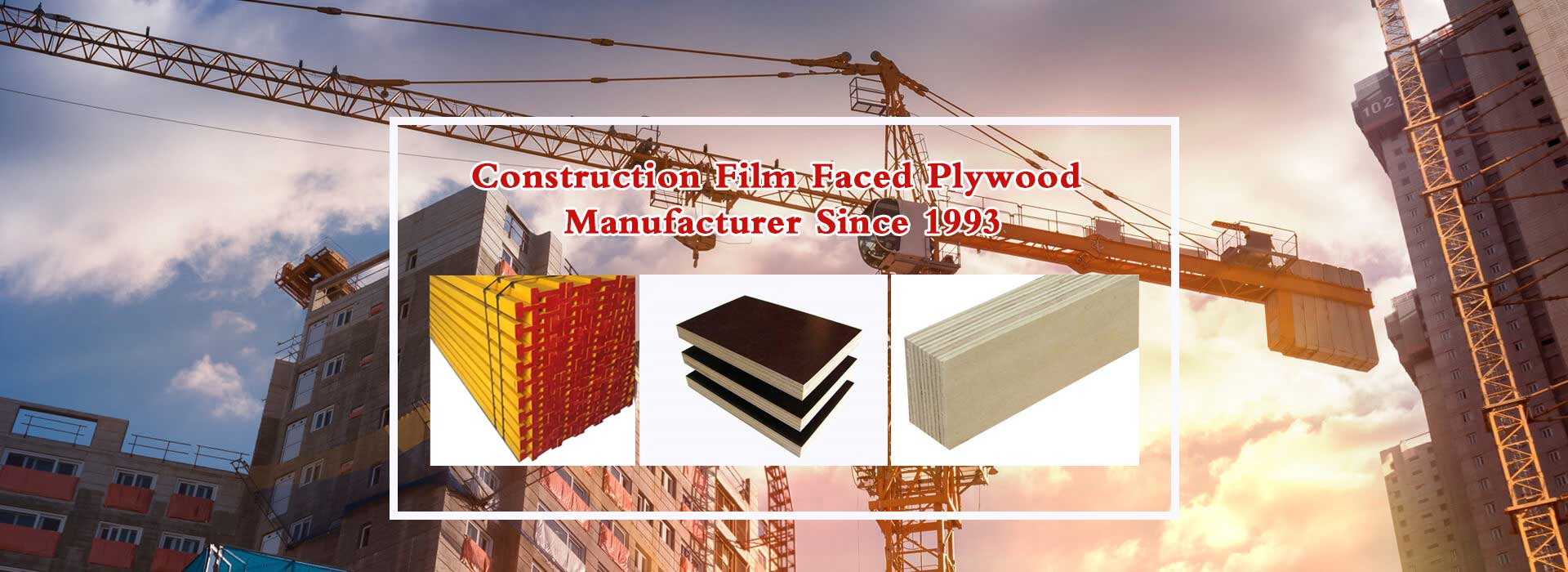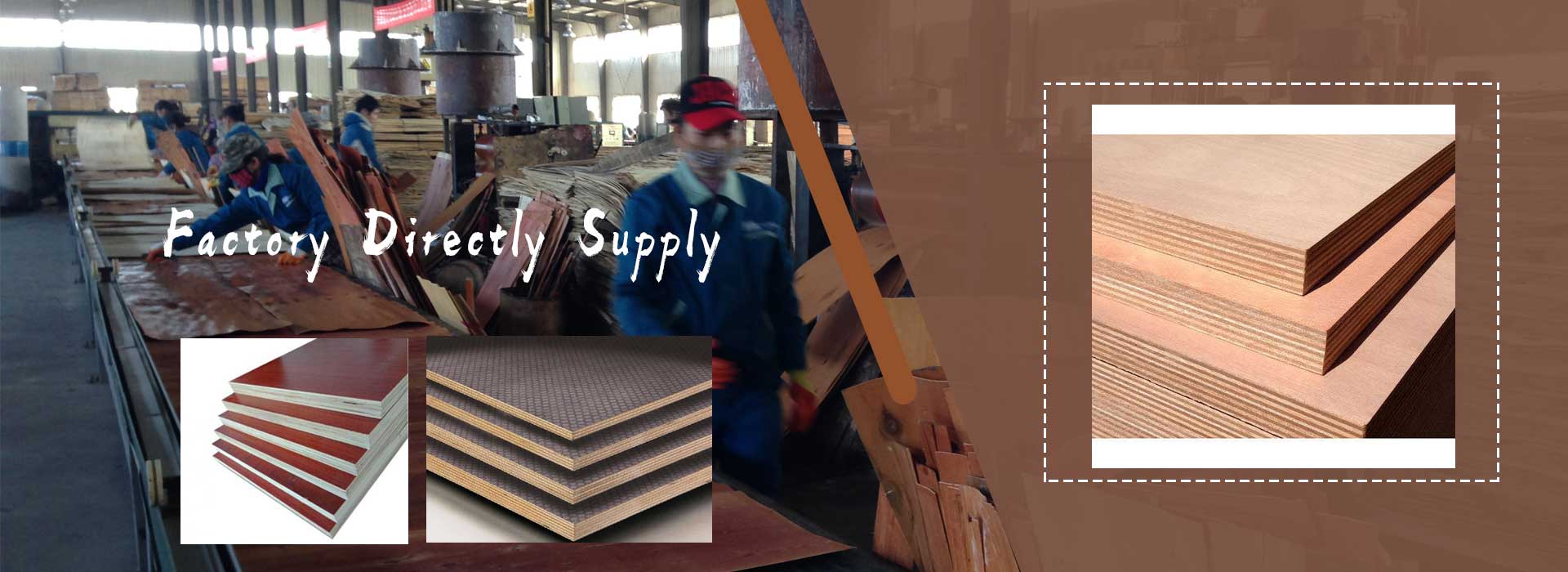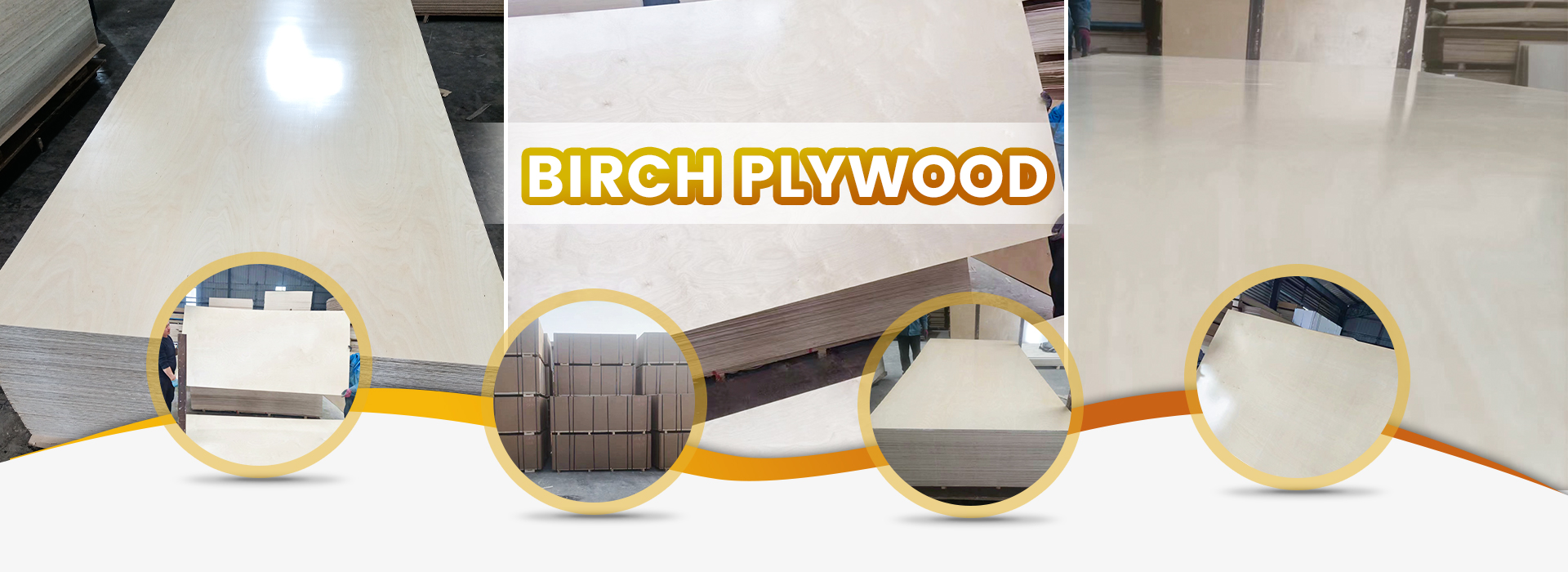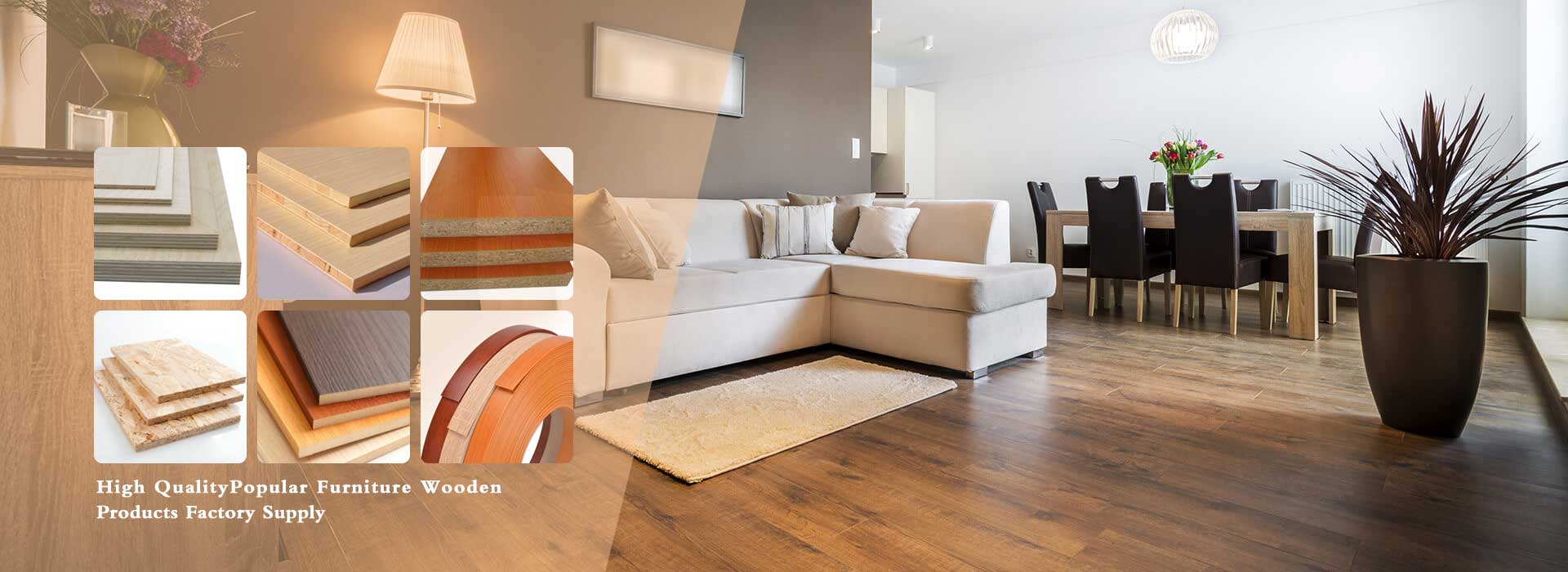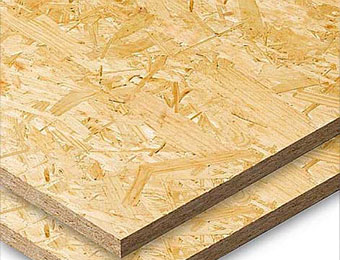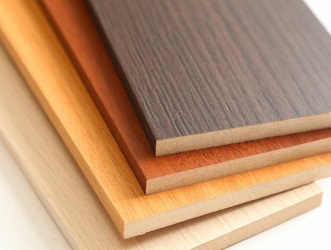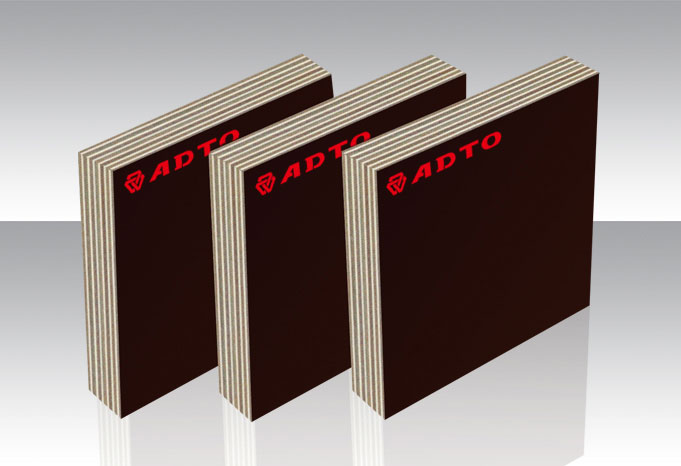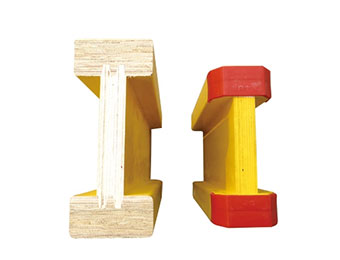Particle board and solid wood particle board are both artificial board materials, and there are some differences between them. Here are some main differences between them:
1. Different raw materials: Particle board is made from wood chips and shavings, while solid wood particle board is made from wood, small wood pieces, or wood waste.
2. Different density: Particle board has a lower density, usually between 0.8-1.2g/cm3, while solid wood particle board has a higher density, usually between 0.9-1.3g/cm3.
3. Different manufacturing processes: Particle board is made by mixing the wood chips and other raw materials together, and then pressing them into sheets. Solid wood particle board is made by mixing wood, small wood pieces, or wood waste materials together, and then pressing them into sheets.
4. Surface treatment varies: The surface of particle board is usually treated with surface coatings, while the surface of solid wood particle board is typically treated using methods such as painting, lamination, or veneering.
5. Performance differs: Particle board has lower strength and is typically only used in non-load-bearing areas, whereas solid wood particle board has higher strength and can usually be used non-load-bearing areas.
6. Price varies: Particle board is relatively inexpensive compared to solid wood particleboard, which is usually more expensive than particle board.
Overall, both board and solid wood particle board are engineered wood products with some differences. However, in most cases, their performance and uses are similar. When choosing materials, it is important to consider specific purposes and needs in order to select the most cost-effective option.


